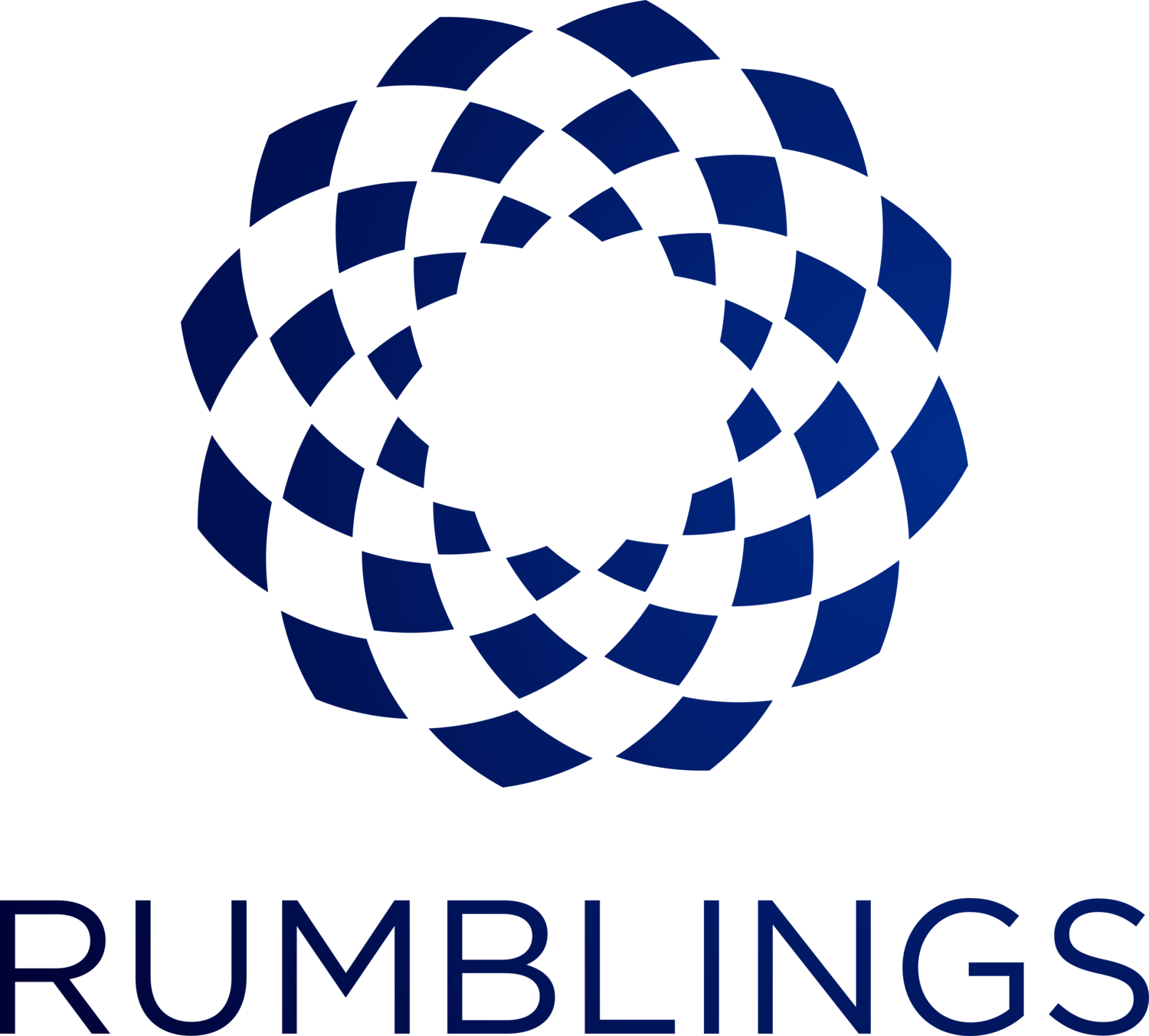Why Midlife Women Struggle to Change Habits and How to Succeed
Discover why behavior change is challenging for midlife women and how to succeed. Learn how identity shifts, small steps, and consistency can help you create lasting habits for health and well-being without focusing solely on the scale.
Embrace the Power of Movement and Healthy Eating in Midlife
As you navigate through midlife, your relationship with exercise and healthy eating becomes increasingly essential. Many women find themselves struggling with outdated societal narratives that discourage physical activity and proper nutrition and are confused by the conflicting ‘noise’ found in social media... However, embracing movement and a balanced eating pattern diet can lead to a vibrant, healthy life.
In this blog post, you'll explore how resetting your mindset around exercise and nutrition can transform your midlife journey. Learn how to overcome common obstacles, incorporate effective workout routines, and adopt healthy eating habits that support your overall well-being and vitality as you age.
Embracing Change: Empowering Midlife Women for Health and Vitality
Discover empowering strategies for midlife women to enhance their health and vitality through small, impactful changes. Explore the importance of staying connected, finding purpose, building muscle, protecting brain health, adopting a balanced diet, and supporting caregivers. Learn how these evidence-based practices can promote well-being and resilience in the journey of healthy aging
13 Ways to Transition to Autumn Using a Chinese Medicine Approach
The philosophy of Chinese medicine teaches us to live in reciprocal harmony with the natural world’s cycles to maximize our health and wellbeing.
As the last warm days of our late summer wind down and the busy Yang energy of summer recedes, the transition to autumn begins. The days are shorter, the sun sets earlier, and the mornings are cool and crisp. Observing nature in transition during the autumn season, we begin to prepare for more dormant days ahead. Leaves turn and begin their journey back to the earth. Fruits fall, seeds dry, and tree sap returns to the roots. The natural world is preparing for the cold, dark, and challenging months ahead. We, too, must make our preparations at this time. We stock up on colorful and still abundant fruits and vegetables, dry, preserve, and store foods, and rediscover our forgotten sweaters and wool socks—the summer Yang energy transitions to the slower, quiet, and introspective Yin energy during this time.
Don’t miss a blog post - sign up for the Rumblings emails to receive posts delivered straight to you email inbox!




